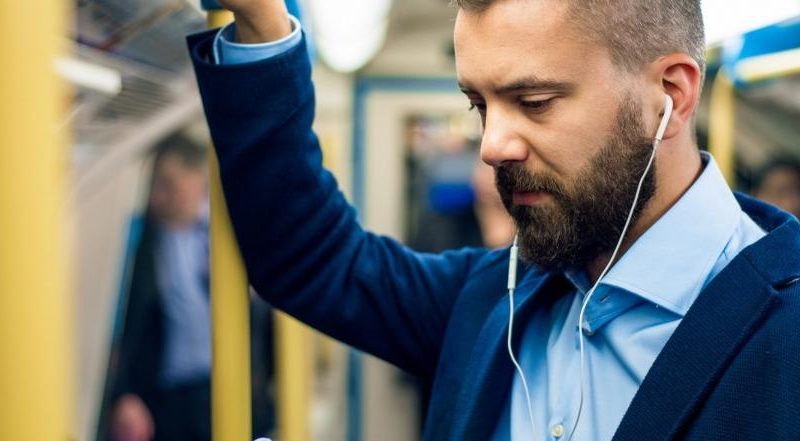In recent years, podcasts have gone from somewhat of a minority to becoming one of those recurring elements in consumers’ content consumption habits. In fact, you could say that audio has won overall. Podcasts are what tends to interest companies the most, but the audio pull is seen in other areas as well.
For example, the balance made public by Audible in April on its listening data indicated that, in one year, the number of Spaniards who regularly listened to audiobooks at least once a month had grown by 79%. The trend towards this growth in the consumption of audio content is not only occurring in Spain, but is also widespread.
Users of these types of services have been on the rise, as have podcasts. Smart speakers are increasingly present in people’s daily lives and attendees have become much more integrated into everyday life. The crisis of the last year – and the fact that people had to spend much more time at home – has had a knock-on effect on the consumption of this content. Growth has also brought changes in audio consumption patterns and created new listening niches.
With more and more potential audiences, the light listener, the “light listener”, has also emerged. Faced with those first listeners who dominated the guidelines for accessing podcasts and other audio content spending many hours with that content, now those who have a much more relaxed view of things are also very common.
Light listeners are those who listen to a podcast at most one to three times a month. In 2018, they were 10% of podcast listeners. Now they are practically half of the listeners. Why has this change occurred? In Digiday , where the numbers of listeners are collected and where this new pattern is analyzed, they explain that there is no clear explanation, at least in the studies that collect the trend.
It may be that it is connected to the fact that there are many more podcast listeners now, and that is why the audience goes beyond the enthusiastic group at the beginning. Or it may be, more concerning to the industry, that the early mass listeners themselves are moderating their consumption patterns. Even so, it could almost be assumed that it is a question more related to what point one says.
As more and more companies are trying to gain a foothold in the podcast market and connect with audiences, the offer is increasing and trying to steer consumers in that direction. Companies like Spotify are trying to get their users to listen to more podcasts, as the British media recall. This impacts audiences and their profiles.
Although, as Hilary Ross, vice president of podcast media at Veritone One, points out, what the industry hopes is that those light listeners will end up becoming more intense, fixed listeners. That is, they aspire to convert audiences that are arriving into faithful ones and with a much more integrated habit. “We want people to convert,” he says. Thus, more doors for advertising would be opened.
How are the ads now
In the advertising trends that the industry is already seeing in podcasts, a few can be singled out as the most prominent. The first is the type of brands that are most successful advertising on podcasts. They are those of consumer goods, finance and technology.
These verticals are the ones that achieve the best results in matters such as brand recognition or intention to seek more information later. Its results are better than those of other brands. Even so, and second important piece of information, podcasts are generally very positive for brand data. 70% of listeners who have been exposed to a brand on a podcast are able to remember afterwards what brand it is.









